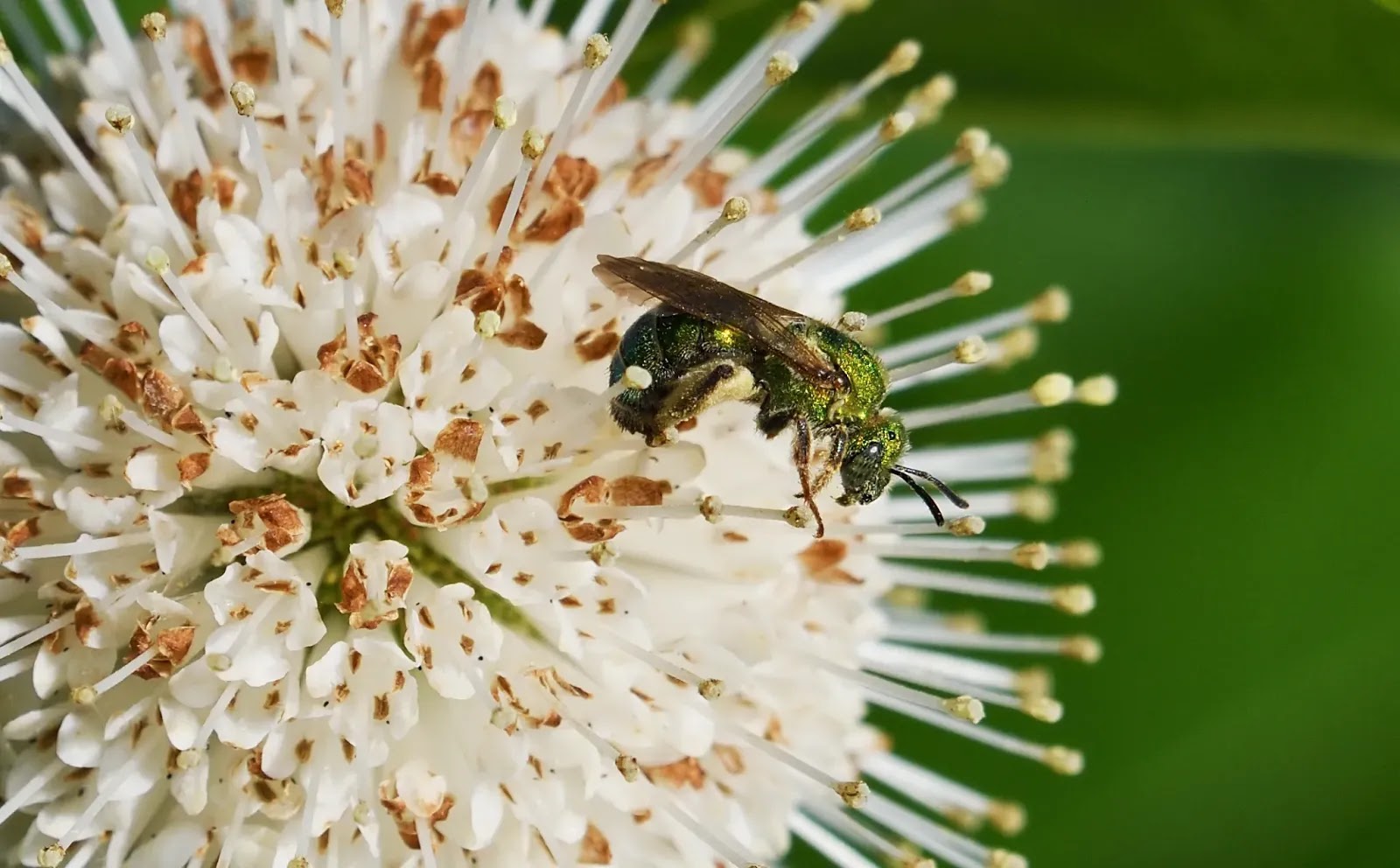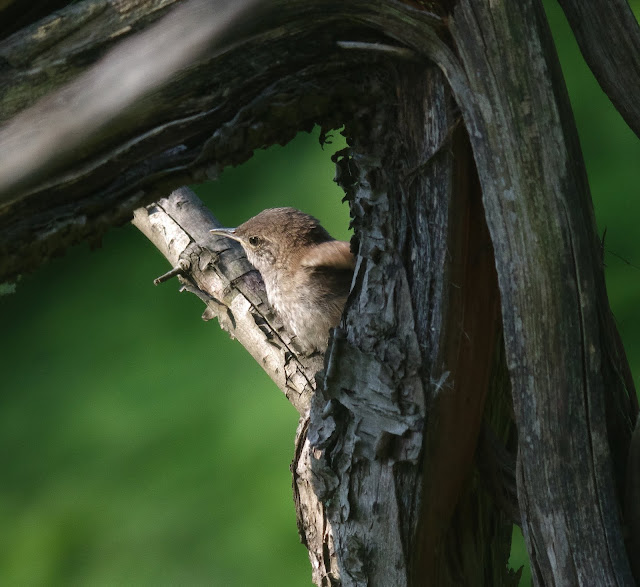Buffleheads, Goldeneyes and Common Mergansers
I had a much-needed return to Lakeside Park yesterday. Some free time away from work and a beautifully sunny morning took me to the far side of the lake, way off the beaten track and out into the reed beds, keeping well away from all the extra human visitors we are currently seeing at the Lakeside Park, and also as I had seen some ducks with different markings than I had ever seen before. Not ducks like our resident mallards who will come over and peck at my boots, these were more in tune with the pied-billed grebe and very wary of humans. I needed to be smart if I was going to return home with some useful photos.
First up we have the common mergansers; underwater hunters with a hooked bill to help latch onto fish. Mergansers peer through the water to locate their target.
And then they dive, chasing their prey. First one, two and then three out of the four mergansers came up with fish. The closest merganser appeared to have caught a large goldfish.
In addition to a hooked bill, the mergansers also have backward-pointing serrations along the edge of their bill which help hold their food and keep it heading in the direction of their throat.
I have seen common mergansers at Lakeside Park before, but these two pairs of ducks, I had no idea.
Identification had to wait until my return home, and when I did, I was happy to tick off a new duck for my list at Lakeside Park. They are buffleheads, what a wonderful name! And like the mergansers they also dive for their food, feeding mainly on insect larvae in freshwater.
Time for an intermission. Due to my focus on the buffleheads, I hadn't noticed what was right in front of me. A large painted turtle had dragged itself up out of the lake and onto a log. It was soaking up the warmth of the morning sun which was much needed, as the temperature went down to -2 degrees on that morning. The first painted turtle I had seen this year and also one of the largest I have ever seen at the lake!
I felt that I had done well in finding this location, hidden amongst the reeds, but that soon changed when I edged a little further out and the water went over the top of my boots. Well, once you're wet, you can't get any wetter, so nothing to worry about, but on the far side of the lake at the seated area, a lady was walking her dogs off-leash and the smallest of them charged forward towards the buffleheads who had moved to the opposite side of the lake. Up they went, spooking the mergansers who also departed.
I thought that that was the last I'd seen of the ducks for that day, but one pair of buffleheads circled and came back to the top side of the lake.
From the new location, I soon realized that there was yet another new duck for my list at Lakeside Park, a male common goldeneye.
And it is quite clear why they were given that name.
Goldeneyes are strikingly coloured.
Something I noticed with the buffleheads and the goldeneye was that they would occasionally be startled and fly forward a little. There was a reason for that and it has a name, it's called a pied-billed grebe.
This cheeky little chap did not want to share its lake with anyone. It would dive under and then resurface where the other ducks had been. It somehow always seems to be the smaller bird or animal that chases off the larger threat.
Copyright © wildlakeside.blogspot.com 2020 Scott Atkinson All Rights Reserved.
First up we have the common mergansers; underwater hunters with a hooked bill to help latch onto fish. Mergansers peer through the water to locate their target.
And then they dive, chasing their prey. First one, two and then three out of the four mergansers came up with fish. The closest merganser appeared to have caught a large goldfish.
In addition to a hooked bill, the mergansers also have backward-pointing serrations along the edge of their bill which help hold their food and keep it heading in the direction of their throat.
I have seen common mergansers at Lakeside Park before, but these two pairs of ducks, I had no idea.
Identification had to wait until my return home, and when I did, I was happy to tick off a new duck for my list at Lakeside Park. They are buffleheads, what a wonderful name! And like the mergansers they also dive for their food, feeding mainly on insect larvae in freshwater.
Time for an intermission. Due to my focus on the buffleheads, I hadn't noticed what was right in front of me. A large painted turtle had dragged itself up out of the lake and onto a log. It was soaking up the warmth of the morning sun which was much needed, as the temperature went down to -2 degrees on that morning. The first painted turtle I had seen this year and also one of the largest I have ever seen at the lake!
I felt that I had done well in finding this location, hidden amongst the reeds, but that soon changed when I edged a little further out and the water went over the top of my boots. Well, once you're wet, you can't get any wetter, so nothing to worry about, but on the far side of the lake at the seated area, a lady was walking her dogs off-leash and the smallest of them charged forward towards the buffleheads who had moved to the opposite side of the lake. Up they went, spooking the mergansers who also departed.
I thought that that was the last I'd seen of the ducks for that day, but one pair of buffleheads circled and came back to the top side of the lake.
A new location was found for me to settle into and also for the buffleheads.
From the new location, I soon realized that there was yet another new duck for my list at Lakeside Park, a male common goldeneye.
And it is quite clear why they were given that name.
Goldeneyes are strikingly coloured.
Something I noticed with the buffleheads and the goldeneye was that they would occasionally be startled and fly forward a little. There was a reason for that and it has a name, it's called a pied-billed grebe.


















Comments
Post a Comment